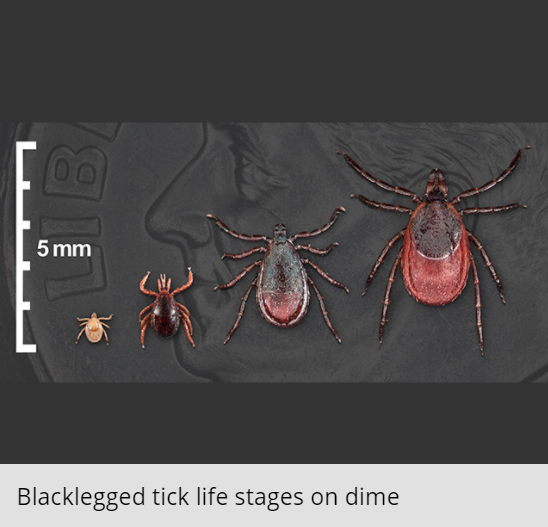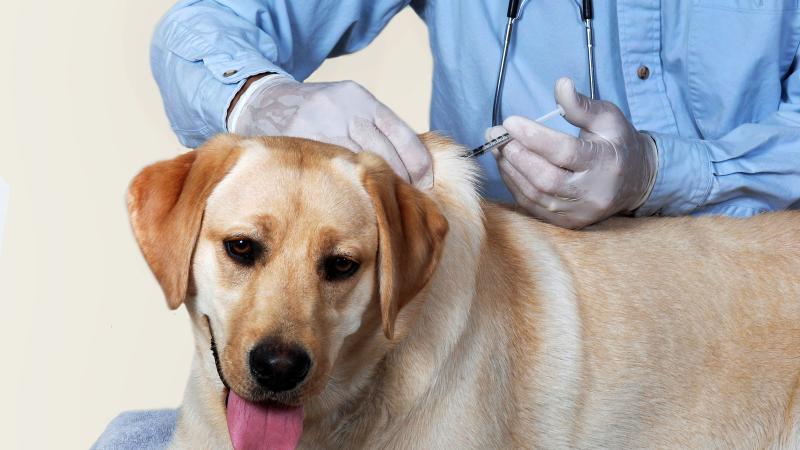Lyme Disease is caused by bacteria transmitted by the Black Legged Tick, more commonly known as the deer tick. It may cause symptoms effecting the skin, nervous system, heart and/or joints of an individual. It is important to check for and remove any ticks immediately.

How to Remove an Engorged Tick
- Use tweezers to grasp the mouth parts of the tick as close to the skin as possible
- Pull steadily and firmly upward until the tick lets go
- Your physician could also remove the tick for you
How to Clean a Tick Bite
- Remove the tick
- Clean the bite area with soap and water
- Apply antiseptic, alcohol, or hydrogen peroxide
- Contact your physician
Identification
If you would like to have a tick or other insect identified:
- Place the tick / insect into a small bottle or container, try not to squish the insect or break any body parts that may be used for identification.
It will be identified and you will be advised as to the species of the tick and given information on any risk of diseases that the tick may possibly carry as different species may carry different types of diseases.
Lyme Disease Symptoms
In the case of Lyme Disease, transmitted by the bite of the deer tick, early symptoms usually occur within a month of exposure, frequently as a circular, or "bullseye" rash with a clear center area. Fever, headache, fatigue, stiff neck, and muscle or joint pain are other early warnings.
Consult your physician about any symptoms you may experience. Your physician will work with you to monitor and treat any symptoms that may be experienced in the period following the removal of the tick.
Avoid Exposure
- Wear long pants with bottoms tucked into boots and long-sleeved shirts
- Choose a tick and insect repellent that works best for you while being active outdoors
- Always follow the labeling instructions for the proper use of tick and insect repellents and consult your physician about possible reactions to different repellents
- You should also consult your physician prior to using repellents on small children













